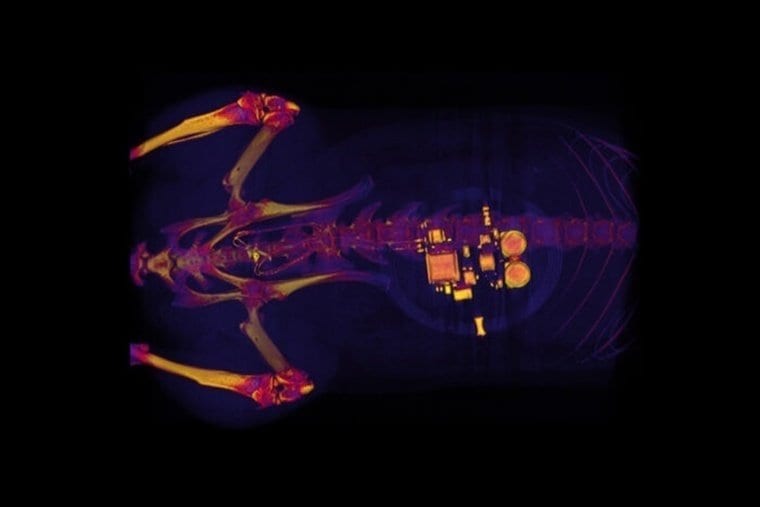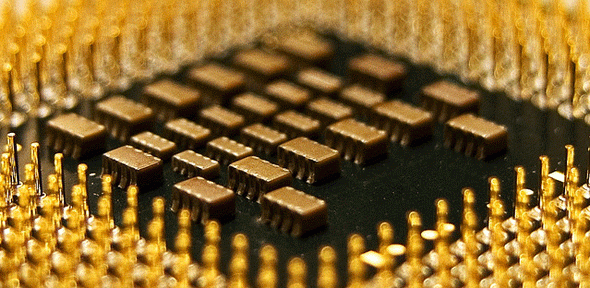
A major success in developing new biomedical implants with the ability to accelerate bone healing has been reported by a group of scientists from the Department of Restorative Dentistry, University of Malaya.
This stems from a project partly funded by HIR and also involves Mr. Alireza Yaghoubi, HIR Young Scientist.
According to WHO (World Health Organization), between 2000 and 2050, the world’s population over 60 years is expected to increase from 605 million to more than 2 billion. This trend is particularly more prominent in Asia and Europe where in some countries by 2050, the majority of people will be older than 50. That is why in recent years, regenerative medicine has been among the most active and well-funded research areas in many developing nations.
As part of this global effort to realize better treatments for age-related conditions, a group of scientists from the department of restorative dentistry, University of Malaya and four other universities in the US have recently reported a major success in developing new biomedical implants with the ability to accelerate bone healing.
The two studies funded by the National Science Fund (NSF) in the US and the High Impact Research (HIR) program in Malaysia tackled the issue of bone-implant integration from different angles. In the first study appearing on the front cover of the July issue of Applied Surface Science, researchers demonstrated a mechanically superior bioactive coating based on magnesium silicates rather than the commercially available calcium phosphate which develops microcracks during preparation and delaminates under pressure. The new material owing to its lower thermal mismatch with titanium can prolong the durability of load-bearing orthopedic implants and reduce chances of post-surgery complications.
The other study published in the American Chemical Society’s Applied Materials & Interfaces reported a method for fabricating titanium implants with special surface topographies which double the chance of cell viability in early stages. The new technique is also much simpler as compared to the existing ones and therefore enables the preparation of personalized implants at the fraction of time and cost while offering a higher mechanical reliability.
Alireza Yaghoubi, the corresponding author of both studies believes that we are moving toward a future of personalized products. “It is very much like your taste in music and TV shows. People are different and the new trend in biotechnology is to make personalized medicine that matches the patient’s needs” Yaghoubi said. He continued “With regard to implants, we have the problem of variations in bone density in patients with osteoporosis and in some cases, even healthy individuals. Finding ways to integrate the implants with bone tissues can be challenging. There are also problems with the long-term performance of implants, such as release of debris from bioactive films which can potentially lead to osteolysis and chronic inflammation”.
The Latest on: Biomedical Implants
[google_news title=”” keyword=”Biomedical Implants” num_posts=”10″ blurb_length=”0″ show_thumb=”left”]
via Google News
The Latest on: Biomedical Implants
- World must act on neurotech revolution, say expertson April 26, 2024 at 10:53 am
The world is on the cusp of a neurotechnology revolution that could transform human health and welfare, but urgent action is needed to protect brain data, experts told AFP on Friday.
- UTSA students conduct testing of self-made biomedical devices in cadaver labon April 25, 2024 at 5:00 pm
Throughout the semester, 17 students enrolled in Orthopedic Medical Device Design have designed and fabricated biomedical implant devices to address the health concerns of a hypothetical patient.
- Advancing dental implant placement with immersive technologies: Preliminary clinical insights into augmented and mixed reality applicationson April 25, 2024 at 8:31 am
In conclusion, the clinical report describes implant placements with two immersive technologies by using AR with an HMD display and MR with a tablet PC see-through display. Immersive realities are ...
- Cochlear Implant Surgery: Costs, Benefits And Riskson April 17, 2024 at 2:47 am
Cochlear implants don’t restore a person’s hearing. However, these powerful tools can help those with severe or profound hearing loss hear and process sounds better so they can stay engaged in ...
- Breast Implants Market Size Is Surpassing USD 6.47 Billion by 2033, Growing at Projected 8% CAGRon April 16, 2024 at 6:00 pm
The global breast implants market size is anticipated to grow from USD 3 billion to USD 6.47 billion in 10 years. The market will experience rapid growth of cosmetic clinics and providers offering ...
- Echo-intensity characterization at implant sites: Unveiling novel diagnostic ultrasonographic markers for peri-implantitison April 15, 2024 at 6:30 pm
USA: A recent study published in the Journal of Clinical Periodontology revealed a significant difference in high-frequency ultrasound (HFUS) echo intensity (EI) characterization of peri-implant ...
- The Next Frontier for Brain Implants Is Artificial Visionon April 15, 2024 at 2:00 am
Elon Musk’s Neuralink and others are developing devices that could provide blind people with a crude sense of sight.
- TMJ Horrors: Chronic Pain, Metal Jaws and Futile Treatmentson April 11, 2024 at 9:26 am
Dentists have attempted to heal TMJ patients for close to a century, and yet the disorders remain misunderstood, under-researched and ineffectively treated.
- Exclusive: Synchron, a rival to Musk’s Neuralink, readies large-scale brain implant trialon April 8, 2024 at 8:48 am
The Department of Neurosurgery in the Jacobs School of Medicine and Biomedical Sciences at the ... final FDA approval to market a BCI brain implant. Synchron's device is delivered to the brain ...
- Synchron, Rival to Musk's Neuralink, Readies Large-Scale Brain Implant Trialon April 7, 2024 at 5:00 pm
Synchron Inc, a rival to Elon Musk's Neuralink brain implant startup ... of Neurosurgery in the Jacobs School of Medicine and Biomedical Sciences at the University at Buffalo has two patients ...
via Bing News










